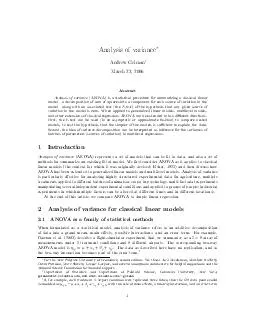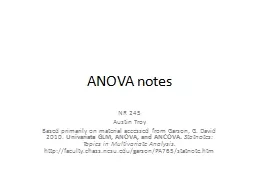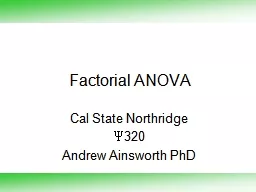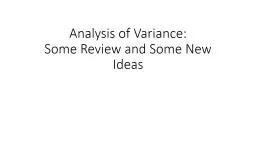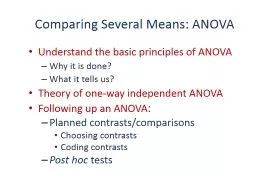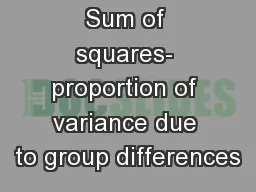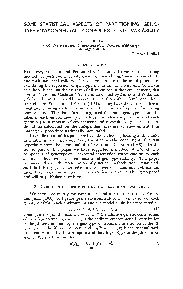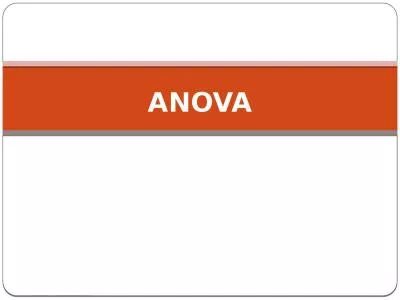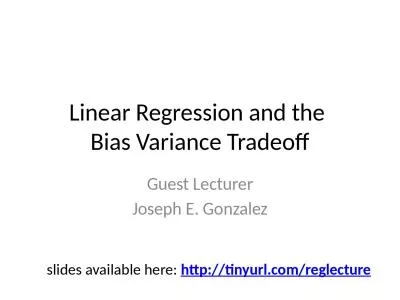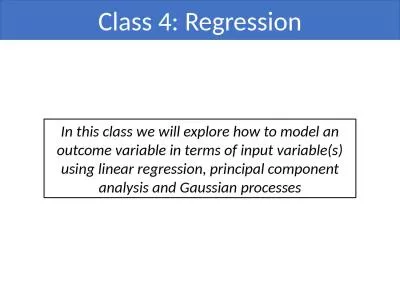PDF-Analysis of variance Andrew Gelman March Abstract Analysis of variance ANOVA is a statistical
Author : tawny-fly | Published Date : 2014-12-26
When applied to generalized l inear models multilevel models and other extensions of classical regression ANOVA can be e xtended in two di64256erent directions First
Presentation Embed Code
Download Presentation
Download Presentation The PPT/PDF document "Analysis of variance Andrew Gelman March..." is the property of its rightful owner. Permission is granted to download and print the materials on this website for personal, non-commercial use only, and to display it on your personal computer provided you do not modify the materials and that you retain all copyright notices contained in the materials. By downloading content from our website, you accept the terms of this agreement.
Analysis of variance Andrew Gelman March Abstract Analysis of variance ANOVA is a statistical: Transcript
Download Rules Of Document
"Analysis of variance Andrew Gelman March Abstract Analysis of variance ANOVA is a statistical"The content belongs to its owner. You may download and print it for personal use, without modification, and keep all copyright notices. By downloading, you agree to these terms.
Related Documents

